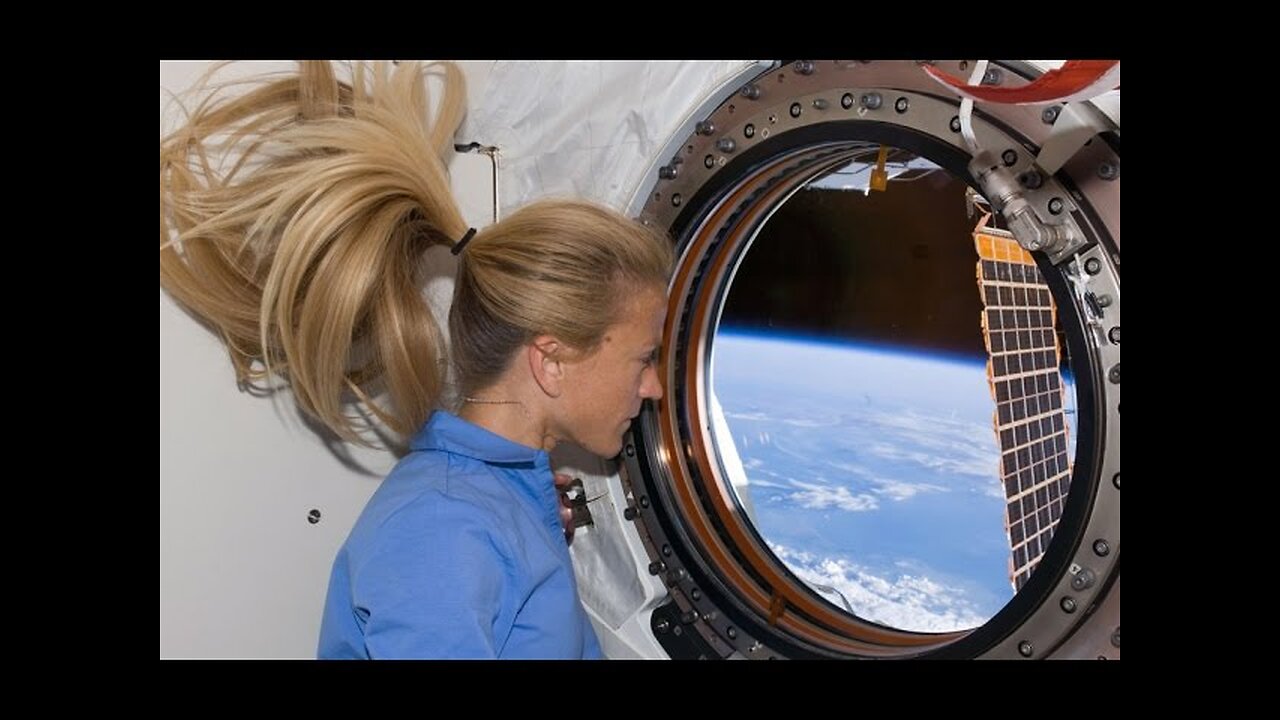Premium Only Content

HOW IT WORKS_ The International Space Station
The International Space Station (ISS) is a collaborative effort involving space agencies from around the world, including NASA (United States), Roscosmos (Russia), ESA (European Space Agency), JAXA (Japan Aerospace Exploration Agency), and CSA (Canadian Space Agency). It serves as a unique microgravity laboratory and an orbiting outpost where scientific research and international cooperation converge.
The ISS travels at an average speed of approximately 28,000 kilometers per hour, orbiting Earth every 90 minutes. It consists of multiple interconnected modules that house living quarters, laboratories, and various components essential for its operation. These modules are assembled in space over time, with launches facilitated by various space vehicles.
Astronauts and cosmonauts aboard the ISS conduct experiments in fields such as physics, biology, astronomy, and materials science, taking advantage of the unique microgravity environment. The station also plays a crucial role in advancing our understanding of long-term space habitation, essential for future deep-space exploration.
Solar arrays provide power to the ISS, converting sunlight into electricity, while sophisticated life support systems ensure a habitable environment for the crew. Regular resupply missions bring essential supplies, equipment, and scientific instruments to sustain the station's operations and research initiatives.
The ISS symbolizes human achievement in space exploration and exemplifies international collaboration for the peaceful use of outer space. It continues to contribute to scientific knowledge, technological advancements, and the preparation for future human exploration beyond low Earth orbit.
-
 LIVE
LIVE
Chi-Town Gamers Livestreams
2 hours agoGears 5 Ep. 4 W/ CTG | Into Kait's Mental Issues | GOW: RELOADED LATER & SHENANIGANS 😎
30 watching -
 LIVE
LIVE
Scottish Viking Gaming
4 hours agoSUNDAY FUNDAY :|: Still in the original packaging! Mint!
34 watching -
 2:20:14
2:20:14
LumpyPotatoX2
3 hours agoKOMPETE: Quick Gameplay - #RumbleGaming
8.65K1 -
 2:16:57
2:16:57
XxXAztecwarrior
3 hours agoSearching for more Reds!!
11.5K -
 2:44:34
2:44:34
TheItalianCEO
4 hours agoWhat about an Italian for breakfast?
16.1K1 -
 9:06
9:06
nospeedlimitgermany
1 day ago $1.54 earnedMercedes-Benz 500 SE W126 | 231 PS | Top Speed Drive German Autobahn No Speed Limit POV
19.3K5 -
 LIVE
LIVE
IamNibz
6 hours ago $1.02 earnedLaw 56- Elden Ring Challenge (PC)
52 watching -
 39:33
39:33
Chris Harden
8 days ago $2.17 earnedKansas Backroads | What's Really Out Here? - Rush County
13.8K14 -
 23:49
23:49
marcushouse
1 day ago $1.35 earnedStarship Flight 10 Secrets Revealed & Future of Starbase! 🔥
12.6K6 -
 3:00
3:00
scoutthedoggie
1 day agoNovritsch SSG-96 Mk2 Airsoft Sniper Rifle
11.9K